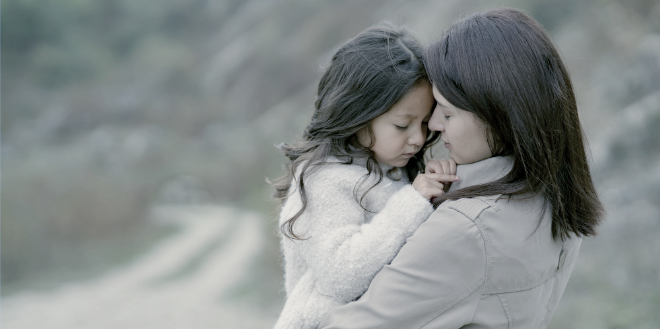On Friday, under a ceasefire agreement, Hamas released the first group of hostages taken during a devastating attack in Israel, marking the deadliest assault in the nation’s history. In exchange, Israel freed 39 Palestinian women and children from its prisons.
Thirteen Israeli hostages, including four children and six elderly women, returned to Israeli territory. They were to undergo medical examinations before reuniting with their families. Israeli Prime Minister Benjamin Netanyahu pledged to ensure the return of all hostages, citing it as a key war objective.
A convoy of Red Cross vehicles was observed crossing from Gaza into Egypt, carrying the released hostages, after Hamas transferred them to the humanitarian organization.
In a reciprocal move, Israel released a significantly higher number of Palestinian prisoners, consisting of women and teenage boys. This release was part of a deal facilitated by weeks of negotiations involving Israel, Palestinian militant groups, Qatar, Egypt, and the United States. In the West Bank and East Jerusalem, a total of 39 Palestinian prisoners were released amid tight security.
The Palestinian Authority’s department for detainees’ affairs released a list of 24 women and 15 minors freed, including Malak Salman, arrested at age 16 for an attempted stabbing incident.
Qatar, playing a key role in mediation, confirmed that Hamas had released 24 hostages, and Israel had freed 39 Palestinian prisoners. This group included 13 Israeli citizens, some holding dual citizenship, 10 Thai citizens, and a Filipino citizen.
The White House anticipated that Americans might be among the larger group of 50 hostages expected to be released during the truce. Israeli forces had prepared for the arrival of the released hostages with amenities like headphones and toys at a reception center.
Hamas’s incursion into Israeli territory on October 7 led to the death of approximately 1,200 Israeli soldiers and civilians and the capture of around 240 hostages. The four-day truce is expected to see the release of at least 50 hostages and 150 Palestinian prisoners.
The ceasefire prompted a significant movement of people seeking refuge in Gaza, escaping the relentless Israeli bombardment that began following Hamas’s attacks. This conflict has resulted in about 15,000 deaths, predominantly civilians, according to the Hamas government in Gaza.
With the truce in effect, humanitarian aid, including fuel, food, and medicine, began flowing into Gaza through the Rafah crossing, marking the largest convoy since the war’s onset.
Despite this temporary pause in hostilities, Israeli authorities warned of the war’s continuation and advised against returning to the heavily targeted northern regions of Gaza. The ceasefire’s observance was noted in the afternoon, with only a few disturbances reported in northern Gaza.
The hostages’ release process was meticulously organized, with the Red Cross facilitating their transfer and the Israeli army prepared to receive potentially traumatized individuals.
Among the approximately 240 hostages, identities of 210 have been confirmed, including at least 35 children, with 18 aged 10 or under at the time of abduction. Two captives, including a female soldier, were found deceased in Gaza by Israeli forces, while Hamas had previously released four women and Israeli forces had rescued another.
The mother of two young hostages, Ela and Dafna Zin, shared her anguish on social media upon learning that her daughters were not included in the initial release.


